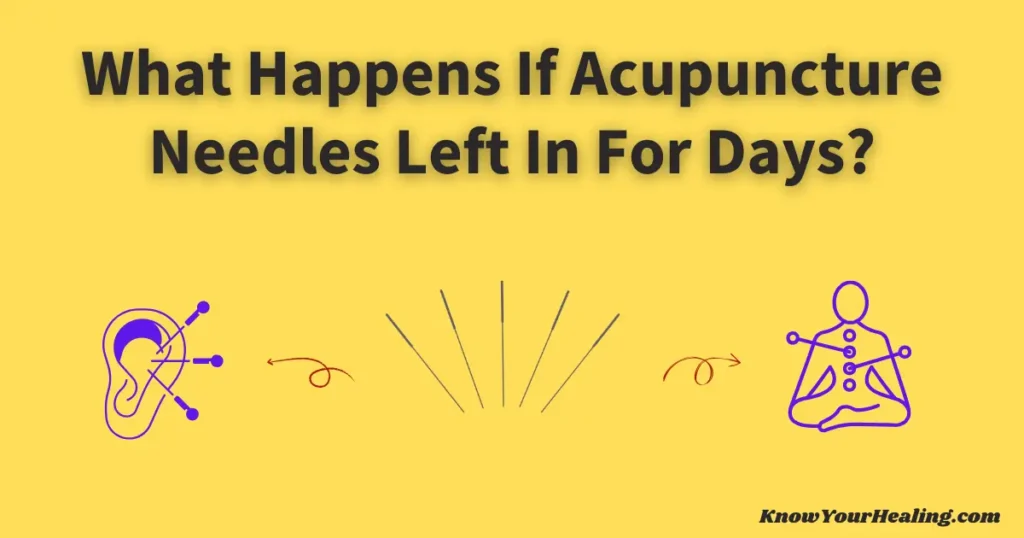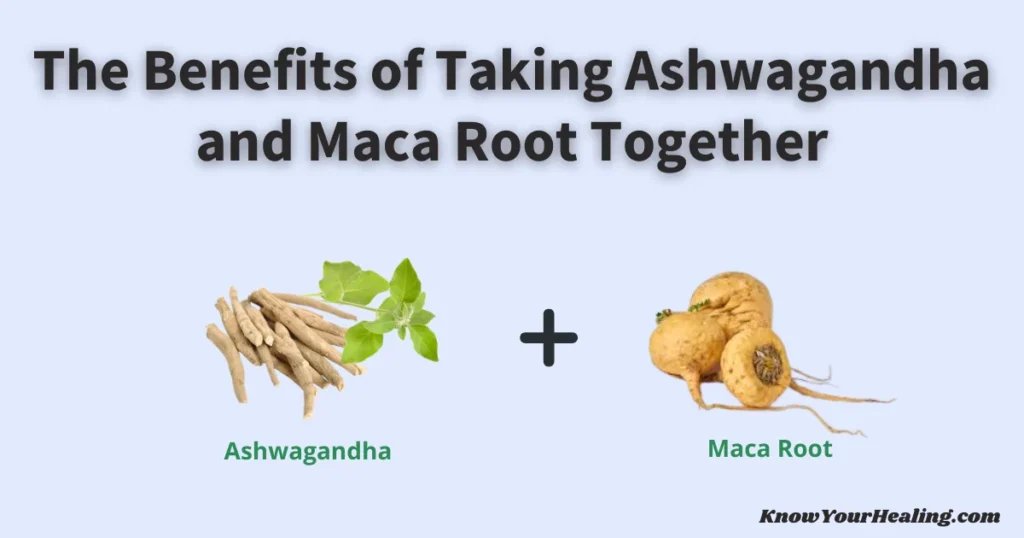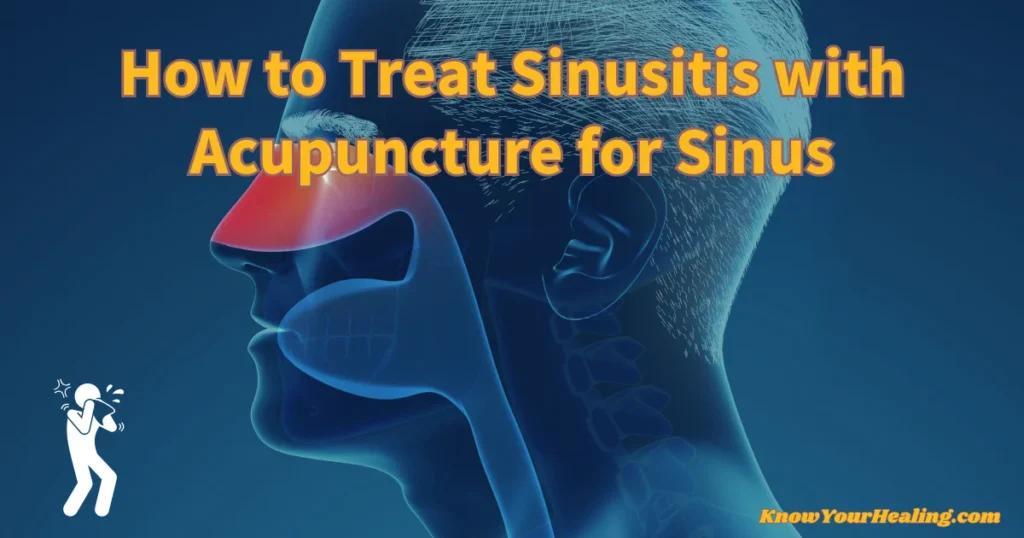The Inner Gate acupuncture point, known as Neiguan or Pericardium 6, offers a simple solution for those seeking relief from anxiety.
Located about three finger widths below the wrist on the inner side of the arm, this point is believed to calm the nervous system.
Stimulating the Inner Gate can help reduce anxiety and foster a sense of calm.
Many people experience anxiety and look for natural ways to manage it. Exploring acupressure points like the Inner Gate could be beneficial.
Understanding how to locate and apply pressure to this point might provide a valuable tool for easing stress.
The Inner Gate point can also be linked to overall heart health and emotional balance for those interested in traditional Chinese practices. By stimulating Neiguan, practitioners aim to improve energy flow, or Qi, which is central to these ancient healing techniques.
How Inner Gate Acupuncture Point Alleviates Anxiety
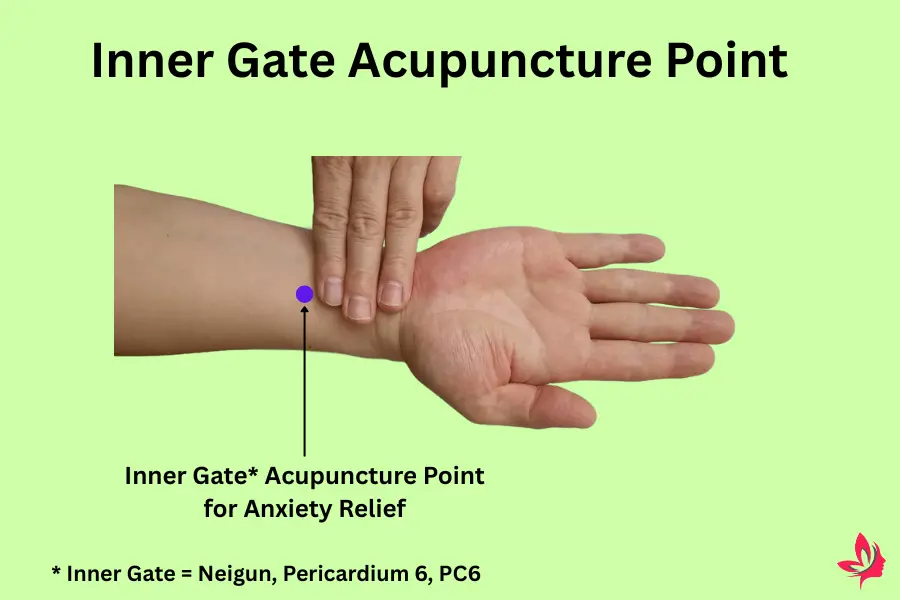
The Inner Gate acupuncture point, Neiguan, is important in traditional Chinese medicine. It is located on the inner forearm and is believed to help with anxiety relief.
This section will explain how this specific point and its use can benefit overall well-being.
Understanding Acupuncture Points and Their Benefits
Acupuncture points are specific locations on the body where energy pathways, or meridians, intersect. These points are used in acupuncture and acupressure to promote healing and balance within the body.
Traditional practices have long included the use of acupuncture points, such as the Inner Gate, which aim to improve physical and emotional health.
Stimulating these points can lead to improved energy flow and stress reduction.
Applying gentle pressure on the Inner Gate not only helps with anxiety but can also aid in addressing other issues like nausea or motion sickness.
The practice is considered a complementary therapy, often used alongside other treatments.
The Science Behind Inner Gate Acupuncture Point
The Inner Gate, or Neiguan, is about three finger widths below the wrist crease on the inner forearm. This point is directly connected to the heart channel, effectively regulating heart palpitations and calming the nervous system.
Recent studies suggest stimulating this specific point can help release tension and promote relaxation.
Applying firm pressure helps improve blood flow and overall health, contributing to its calming effect. As a traditional practice, it intersects with the modern understanding of how pressure points can positively impact mental well-being.
Practical Guide to Using Inner Gate Acupuncture Point
To effectively use the Inner Gate for anxiety relief, locate the point by measuring three finger widths down from the wrist crease on the forearm.
Use the thumb or index finger to apply gentle, firm pressure while taking deep breaths. Do this in small circular motions for about 1-3 minutes.
Practicing this method regularly can support emotional balance and reduce stress.
It is a safe technique that can be practiced anywhere, offering immediate relief from anxiety symptoms.
Consulting a healthcare provider familiar with acupuncture may provide additional guidance and insight into other potential benefits for those interested in exploring traditional methods further.
Benefits of Inner Gate Acupuncture Point for Overall Health
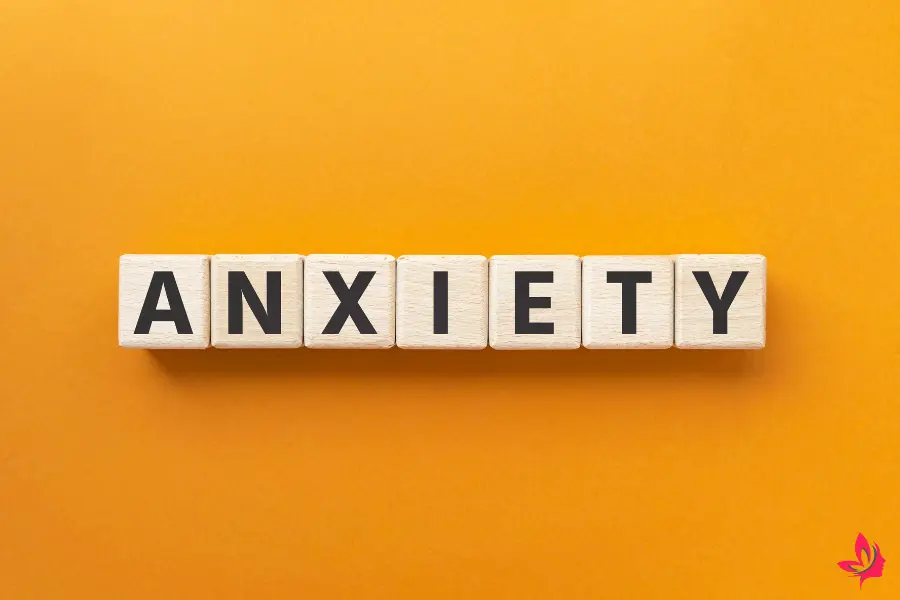
The Inner Gate Acupuncture Point offers various health benefits. By applying firm pressure here, individuals can potentially experience enhanced well-being and relief from multiple ailments.
Enhancing Overall Health with Acupressure Points
The Inner Gate Point is a significant acupressure point about three finger widths from the wrist crease. It positively influences the nervous system, reducing anxiety and promoting relaxation.
This specific point can also benefit those dealing with digestive issues, as it is thought to support the digestive tract, thus helping alleviate symptoms such as nausea or motion sickness.
Regular stimulation of this point may contribute to overall health by supporting the immune system.
Gentle pressure applied for a few minutes can enhance circulation, potentially benefiting other areas such as blood flow and overall well-being.
This makes the Inner Gate a great point to incorporate into daily self-care routines, especially for individuals seeking natural methods to maintain health without medication.
Complementary Therapies and Traditional Chinese Medicine
The Inner Gate Point plays a vital role in traditional Chinese medicine. It is one of the principal acupoints used in acupuncture treatments because of its calming effect on the mind and body.
Known to influence the heart channel, this point can help regulate heart palpitations and alleviate tension in the chest.
As a complementary therapy, the Inner Gate Point is often included in holistic treatment packages to enhance emotional balance.
It is commonly combined with other acupuncture points during acupuncture sessions to address chronic pain, breathing problems, and shoulder tension.
Many wellness centers recommend it as part of personalized healthcare strategies tailored to individual needs, especially for those exploring alternative therapies to enhance physical and emotional wellness.
Addressing Different Conditions with Inner Gate Acupuncture
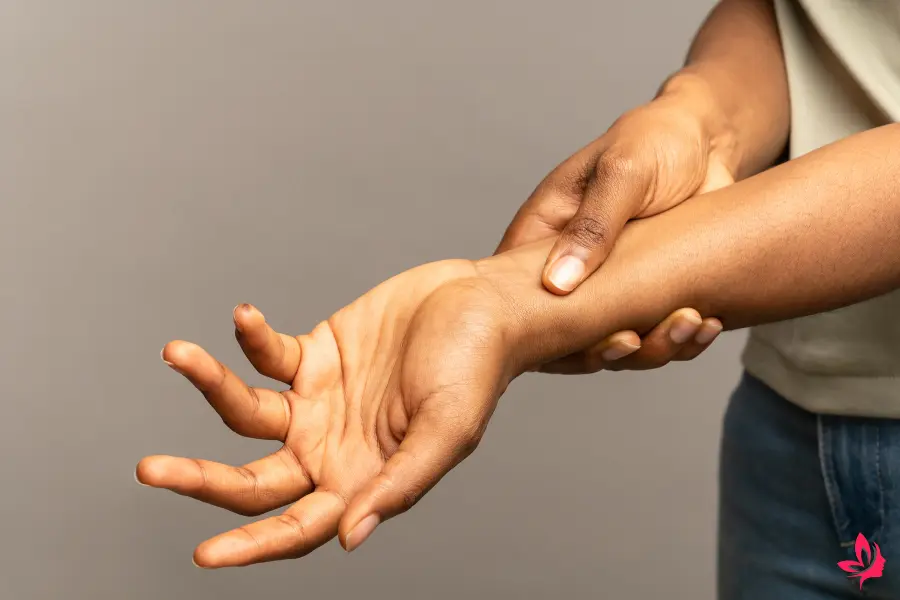
The inner gate acupuncture point, also known as Nei Guan, is located on the wrist and is a valuable tool in traditional Chinese medicine. This point often addresses various conditions, including pain management and emotional balance.
Practitioners apply gentle pressure to help improve overall health and aid with conditions like anxiety and chronic pain.
Pain Relief and Chronic Pain Management
The inner gate acupuncture point is commonly used for pain relief and chronic pain management. Located three finger widths below the wrist crease, it can be stimulated to manage neck, shoulders, and wrists pain.
Applying gentle pressure in a circular motion may decrease pain and improve blood flow.
Acupuncture points like the inner gate are integral to complementary therapies. These points are often used alongside other treatment packages to address chronic pain conditions.
The straightforward technique of pressing the inner gate point offers a therapeutic option that may alleviate pain. It is particularly beneficial for those seeking alternative therapies to improve their quality of life.
Emotional Balance and Mental Health Benefits
Addressing emotional balance and mental health is another significant benefit of the inner gate acupuncture point. This specific acupoint helps calm the nervous system and is often used in cases of anxiety and stress.
Applying firm pressure to the inner gate can promote a calming effect and may reduce heart palpitations and breathing problems often associated with anxiety.
Emotional health can significantly impact overall well-being, and acupuncture points like Nei Guan in traditional Chinese medicine support mental health initiatives.
This approach is often employed in holistic health practices, showing beneficial effects in achieving emotional equilibrium.
Users seeking mental clarity and reduced stress levels may find this technique advantageous for their emotional health.
Practical Tips for Effective Acupressure
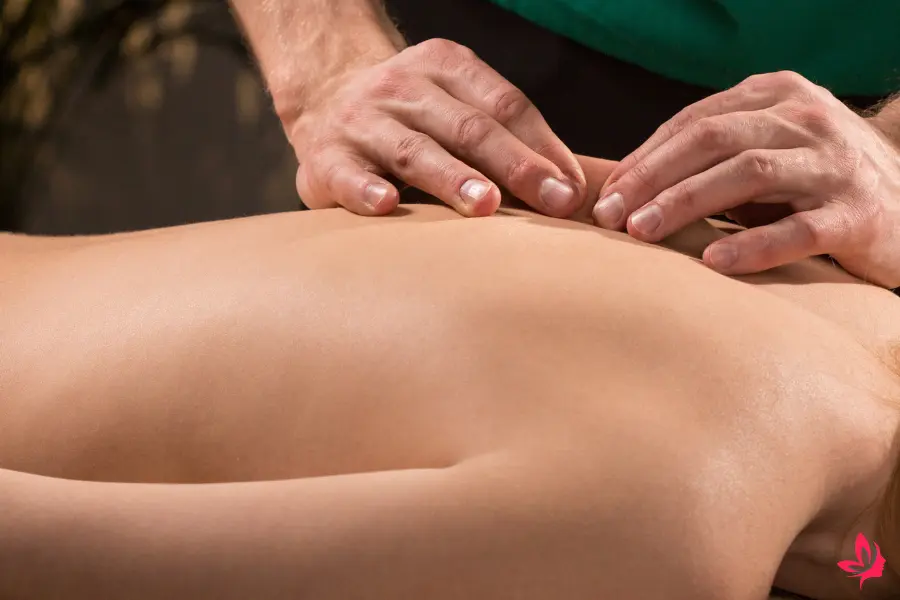
Focusing on the inner gate acupuncture point when practicing acupressure can offer significant benefits, such as anxiety relief and emotional balance. Knowledge about best practices and routine enhancements is essential for maximizing these effects.
Best Practices for Applying Acupressure
Apply gentle pressure when targeting the inner gate point, located about three finger widths from the crease of your wrist. This point, also known as the nei guan, can help manage anxiety and aid in emotional balance.
Using a firm but comfortable thumb or index finger pressure can enhance effectiveness.
For specific acupoints, circular motions can improve results, promoting energy flow and reducing tension.
To encourage relaxation, it is advisable to press and hold each point for 1-3 minutes while taking deep breaths.
Practitioners should remain aware of the body’s response and adjust pressure to avoid discomfort.
Enhancing Your Acupressure Routine
Enhancing the acupressure routine can be achieved by incorporating additional techniques.
Relaxing tools such as essential oils can complement the massage, especially for points like the inner gate, part of the heart channel.
Oils such as lavender or sandalwood can improve the overall experience.
Incorporating practice into a consistent wellness routine can improve results.
Coordinate the practice with regular breathing exercises or meditation to support emotional balance and relieve tension.
Pregnant women or those undergoing cancer treatments should consult a healthcare provider to ensure acupressure is a suitable complementary therapy.
This routine, which maintains an overall health focus, can be a valuable part of a holistic approach to managing stress and anxiety.
Final Thoughts
The Inner Gate acupuncture point, also known as Nei Guan, is commonly used for its calming effects on anxiety. It is located on the inner side of the forearm, three finger-widths from the wrist crease.
Applying pressure on this point relieves stress and promotes emotional balance.
When used carefully, this pressure point may help in managing symptoms of anxiety.
Practitioners often recommend applying gentle pressure in a circular motion for a few minutes. This method is an accessible way to integrate acupressure into everyday routines.
Key Takeaways:
- Location: Inner forearm, three finger-widths from the wrist.
- Function: Helps reduce anxiety and stress.
- Application: Gentle circular pressure for a few minutes.
- Benefits: Promotes relaxation and emotional balance.
Exploring such methods might enhance personal well-being and provide a sense of control over daily stressors.
Frequently Asked Questions
The Inner Gate acupressure point, also known as Neiguan or Pericardium 6, is often used in practices to ease anxiety. This section also covers related acupuncture points and techniques for stress relief and other health benefits.
Where is the inner gate acupressure point?
The Inner Gate acupressure point is located on the inner arm about three finger widths below the wrist. It is often used to help with anxiety and stress relief, and applying pressure here may help calm the nervous system.
What are the five forbidden acupuncture points?
The five forbidden acupuncture points are locations on the body that are traditionally avoided during pregnancy due to the risk of stimulating contractions or other complications. These points include LI4 (Hegu), SP6 (Sanyinjiao), BL67 (Zhiyin), GB21 (Jianjing), and LU7 (Lieque).
What are the inner four gates in acupuncture?
The “Inner Four Gates” in acupuncture combines points to promote energy flow and relaxation. They consist of LI4 (Hegu) on the hand and LV3 (Taichong) on the foot.
Stimulating these points can help with stress relief.
What is the inner pass acupuncture point?
The Inner Pass, or Neiguan (PC6), is an important point on the inner forearm that can treat anxiety, nausea, and heart-related issues.
It is renowned for its calming effects in acupressure or acupuncture treatments.
What is the best acupuncture point for anxiety?
Neiguan (PC6) and Yintang are two of the best points for anxiety relief. Neiguan is on the inner arm, while Yintang is on the forehead between the eyebrows.
Stimulating these points may help reduce anxiety.
What is the pressure point for releasing the bowels?
The pressure point, Stomach 36 (ST36), is commonly used to help with digestive issues, including constipation. Located below the kneecap, on the outer shin, it is used in acupressure and acupuncture sessions to improve bowel movements.
Where is the pressure point to calm the vagus nerve?
The point behind the earlobe, known as Anmian, is used to calm the vagus nerve. It can help promote relaxation and is used in treatments that reduce stress and improve sleep quality.
Where do acupuncture needles go for anxiety?
For anxiety treatment, acupuncture needles are often placed at various points, like Neiguan (PC6) on the arm, Yintang between the eyebrows, and Shenmen on the ear.
These points are targeted to bring about calming effects.
What is the best massage for anxiety?
Swedish massage and deep tissue massage are commonly recommended for reducing anxiety. Swedish massage’s slow, gentle strokes can soothe the nervous system, while deep tissue massage focuses on releasing tension in deeper muscle layers.
Is there a pressure point to unblock ears?
The pressure point, Triple Burner 21 (TB21), is just in front of the ear. Applying pressure to this point can relieve ear congestion and improve ear health.


